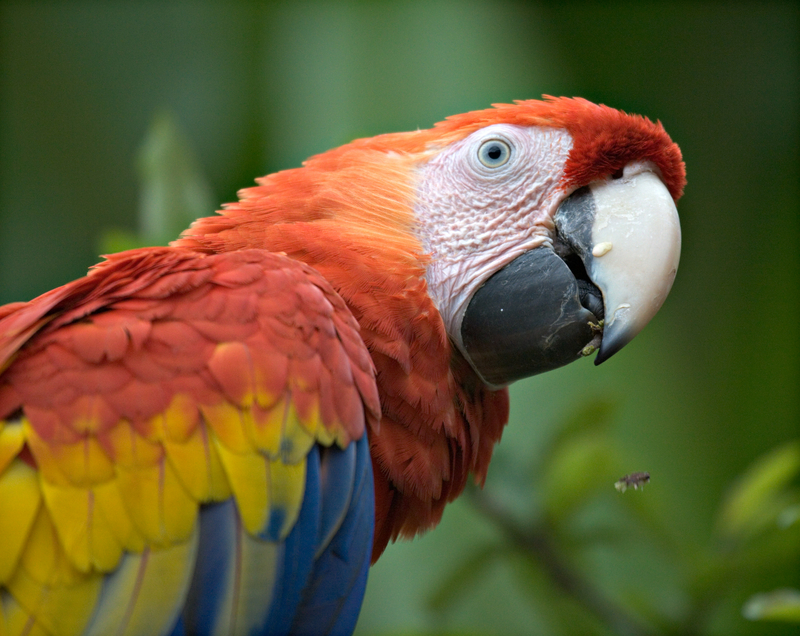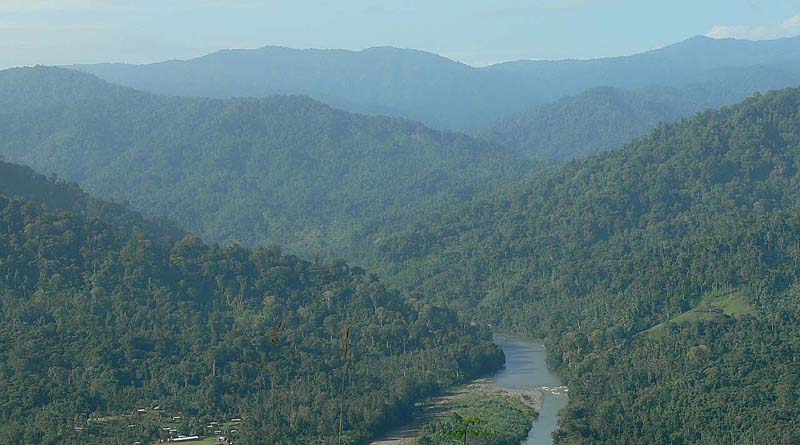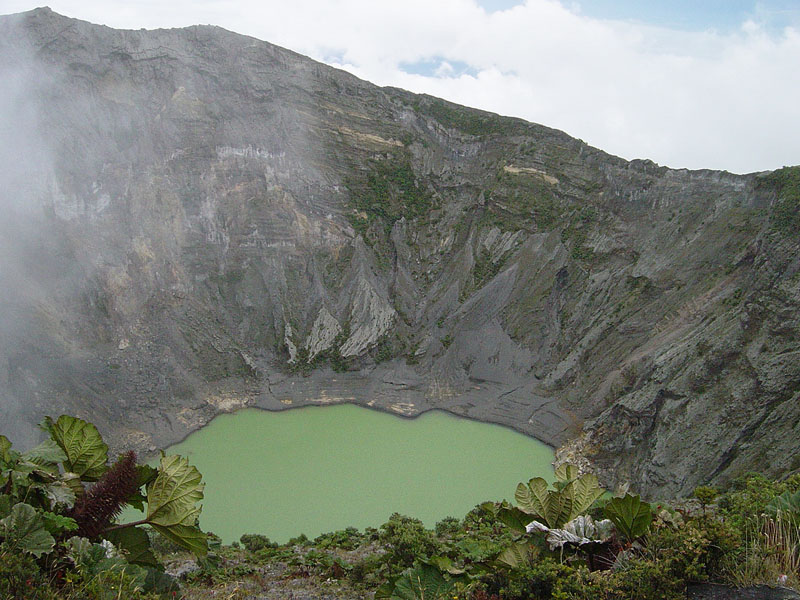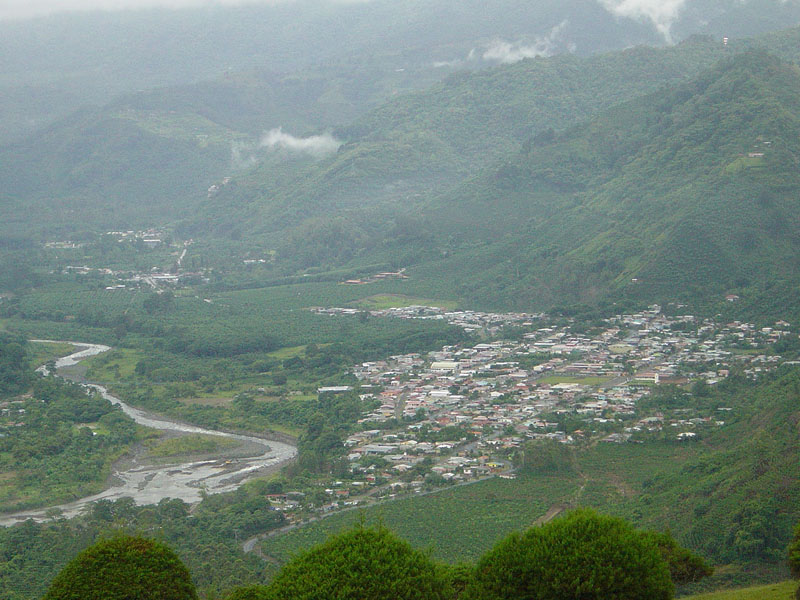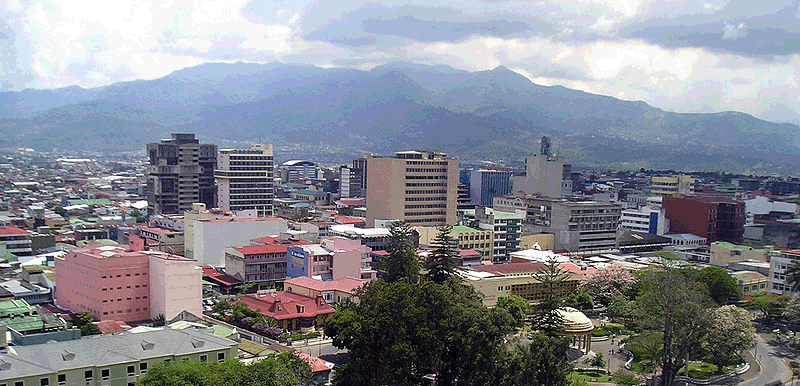Located on the southern shore of the Nicoya Peninsula is the seaside village of Montezuma. The village has a carefree laid back atmosphere which has attracted many young foreigners over the years. Montezuma has been found to be a great place to chill and enjoy the quiet tranquil atmosphere, with many local flavored shops and restaurants adding to this bohemian lifestyle. Backpackers and eco tourist have found the rock strewn beaches, rivers as well as the scenic waterfalls make this a must see destination in Costa Rica.
Montezuma is not the place for tourist looking to be pampered at an all inclusive resort. With a laid back atmosphere Montezuma has attracted the young and budget minded crowds. Many small bed and breakfast places as well as hotels offer a wide range of inexpensive rooms. The village offers no bank or post office, one would need to travel to the city of Cobano , about a 20 min.. drive inland depending on road conditions. The village seems to come alive as the sun sets, with many locals, expats as well as tourist walking the streets of Montezuma checking out the many restaurants and bars, handicrafts or just sitting, relaxing and people watching.
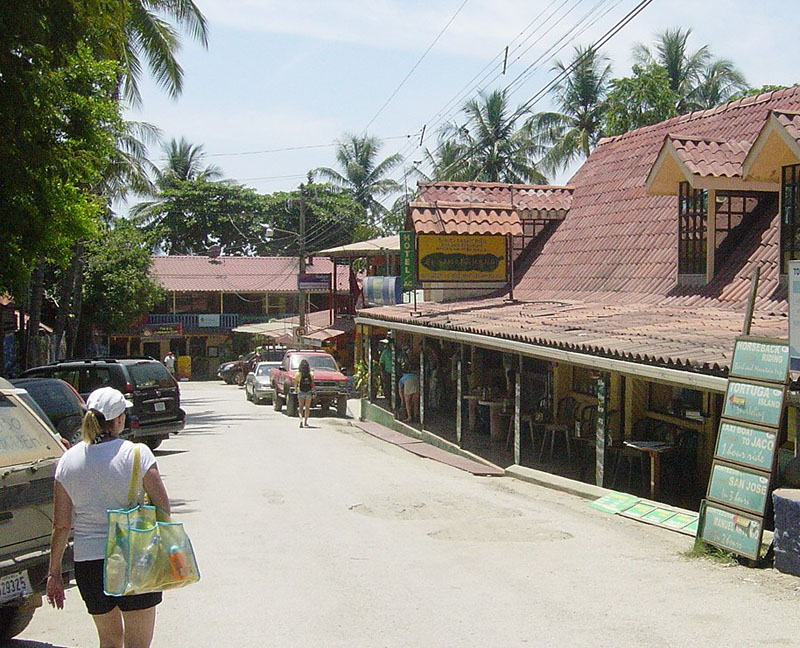 Montezuma is known for its beaches and climbing cliffs abundant with tropical vegetation just seeming to flow into the warm waters of the Pacific. Many small coves with rock outcroppings make this beach lover’s heaven with small palm tree lined white sand beaches to the long open expanse of Playa Grande. A short 20 min walk out of town will bring you to the Cascades of Montezuma, adventurers and eco tourist will find the 3 falls of Cascade of Montezuma some of the best and scenic in Costa Rica. Large pools of fresh water can find many tourist and locals swimming and jumping from the rocks adjoining the falls.
Montezuma is known for its beaches and climbing cliffs abundant with tropical vegetation just seeming to flow into the warm waters of the Pacific. Many small coves with rock outcroppings make this beach lover’s heaven with small palm tree lined white sand beaches to the long open expanse of Playa Grande. A short 20 min walk out of town will bring you to the Cascades of Montezuma, adventurers and eco tourist will find the 3 falls of Cascade of Montezuma some of the best and scenic in Costa Rica. Large pools of fresh water can find many tourist and locals swimming and jumping from the rocks adjoining the falls.
A 30 minute walk north along the shore leaving the village of Montezuma one will find a river with a mystic rook garden at the entrance of a canyon leading to another waterfall. Another 10 minutes up the coast will bring you to Playa Grande, a long palm tree lined beach sitting along the Nicolas Wesberg Absolute Reserve. Playa Grande is also a favorite among surfers and boogie boarders. For the more adventures, a 2 hour hike north along the coast will take you to El Chorro, a pictures waterfall just tumbling into the Pacific Ocean. Zip line tours as well as day trips for snorkeling and scuba diving on Tortuga Island can be arranged with one of the vendors in Montezuma. A 20 minute drive south from the village one will find the entrance to the Cabo Blanco Absolute Nature Reserve.
Reaching Montezuma by car one will need to take the ferry from Puntarenas to Parquera then to the city of Cabano and then Montezuma. If one wishes to fly there is the small airport in Tambor with daily flights to San Jose. A visit to Montezuma is definitely worth the trip
